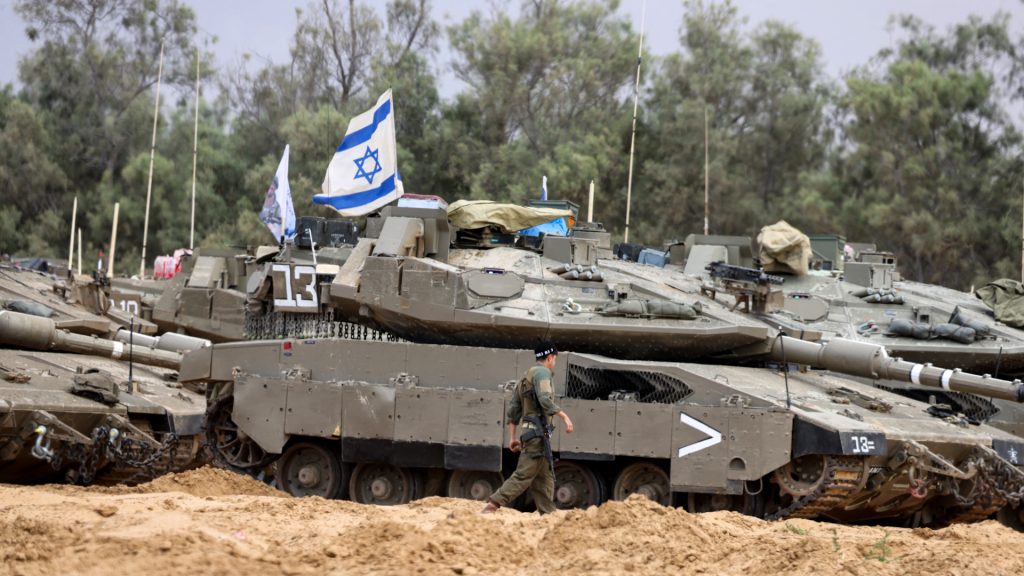Israeli cabinet ministers approve plan to take over all of Gaza Strip

Israel’s security cabinet approved a plan to expand military operations in Gaza, with the stated goal of seizing and holding the entire territory. Officials said the campaign aims to defeat Hamas and recover Israeli hostages still held in the enclave.
The plan, described as gradual and long-term by officials, shifts the strategy from temporary raids to complete territorial control, marking a significant escalation in Israel’s war strategy. Military leaders expect the new operations phase to last several months, beginning with a focus on specific areas.
Israeli forces already control about a third of the Gaza Strip and resumed ground operations in March after a two-month ceasefire collapsed. The government has not offered a detailed vision for post-war governance in Gaza.
What is the military’s current plan and timeline?
The new plan includes calling thousands of reservists to support expanded ground operations. Israel’s Chief of Staff, Lt. Gen. Eyal Zamir, said the military is increasing pressure on Hamas, pledging to destroy militant infrastructure above and below ground. The first phase includes expanding a buffer zone along Gaza’s borders with Israel and Egypt, giving Israeli forces greater operational depth.
Security cabinet member Zeev Elkin said a window remains for a ceasefire and hostage negotiations, particularly ahead of U.S. President Donald Trump’s upcoming visit to the region. Some Israeli officials suggested the offensive timeline may allow space for diplomatic engagement before Trump departs the Middle East on May 16.
How has the humanitarian situation changed?
Since the ceasefire ended in mid-March, Israel has maintained a blockade on humanitarian aid into Gaza. The cabinet reportedly approved a conditional plan to allow private companies to resume some aid deliveries, but major humanitarian organizations have refused to participate. The United Nations and aid groups said the proposed system would violate humanitarian principles by forcing agencies to operate through Israeli military-controlled hubs.
The Humanitarian Country Team, which includes U.N. agencies, said the plan threatens aid workers and civilians by concentrating relief efforts in militarized zones. Aid officials warned that Israel’s strategy risks worsening an already critical situation, particularly for those with limited mobility. Israel cut off all aid on March 2 and has faced growing international pressure to restore humanitarian access.
Unbiased. Straight Facts.TM
Fifty-nine Israeli hostages remain in Gaza; none have been released since ground operations resumed in mid-March.
How many people have been affected so far?
The conflict began after Hamas launched a surprise attack on Israel on Oct. 7, 2023, killing around 1,200 people and taking 251 hostages, according to Israeli officials. In response, Israel launched an intensive air and ground campaign. Gaza’s health ministry, operated by Hamas, reported that the conflict has killed more than 52,000 Palestinians, most of them civilians. It has also displaced nearly the entire population of 2.3 million.
Despite ongoing operations, Israel has not secured the release of any of the 59 hostages believed held. Critics of the military campaign argued that prolonged fighting may jeopardize those hostages and trap Israel in a prolonged guerrilla conflict without a clear exit strategy.





